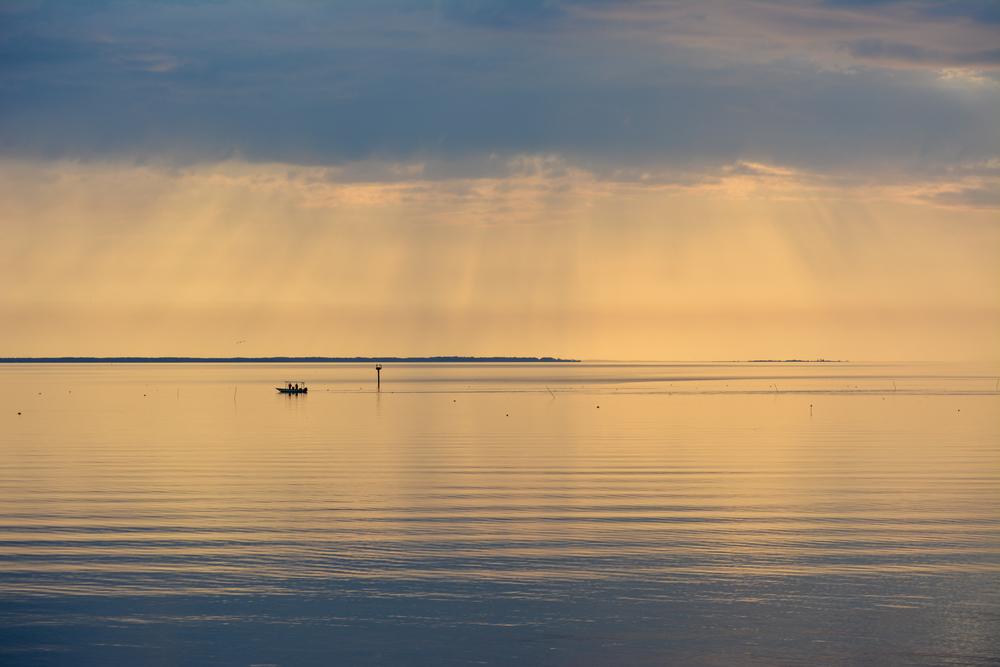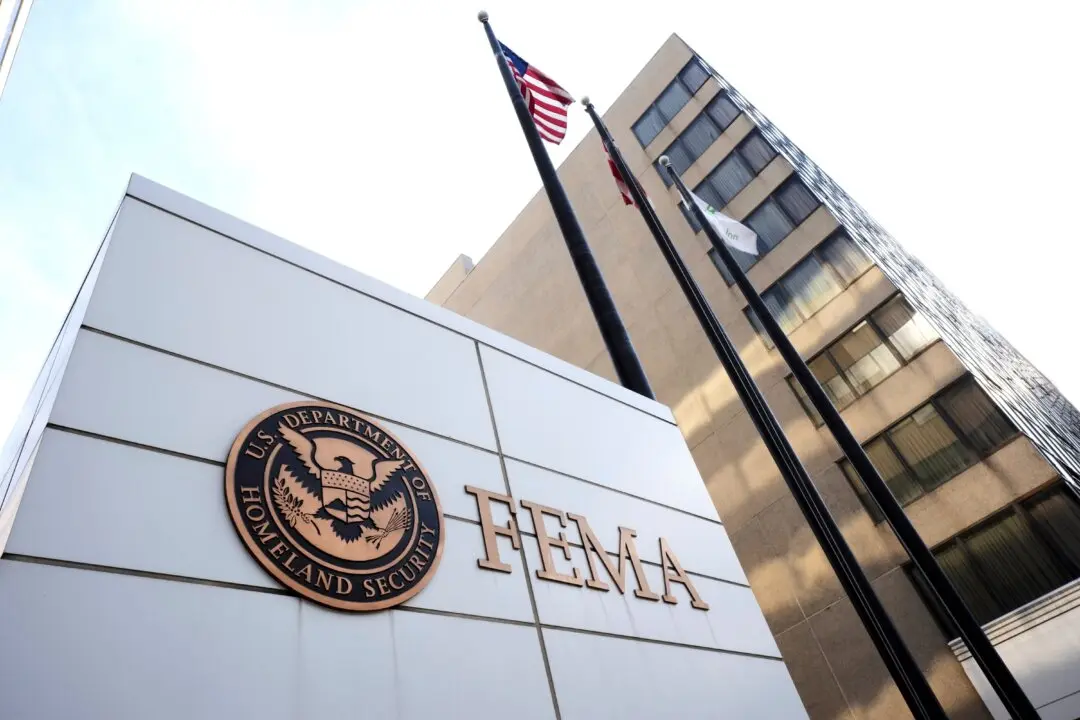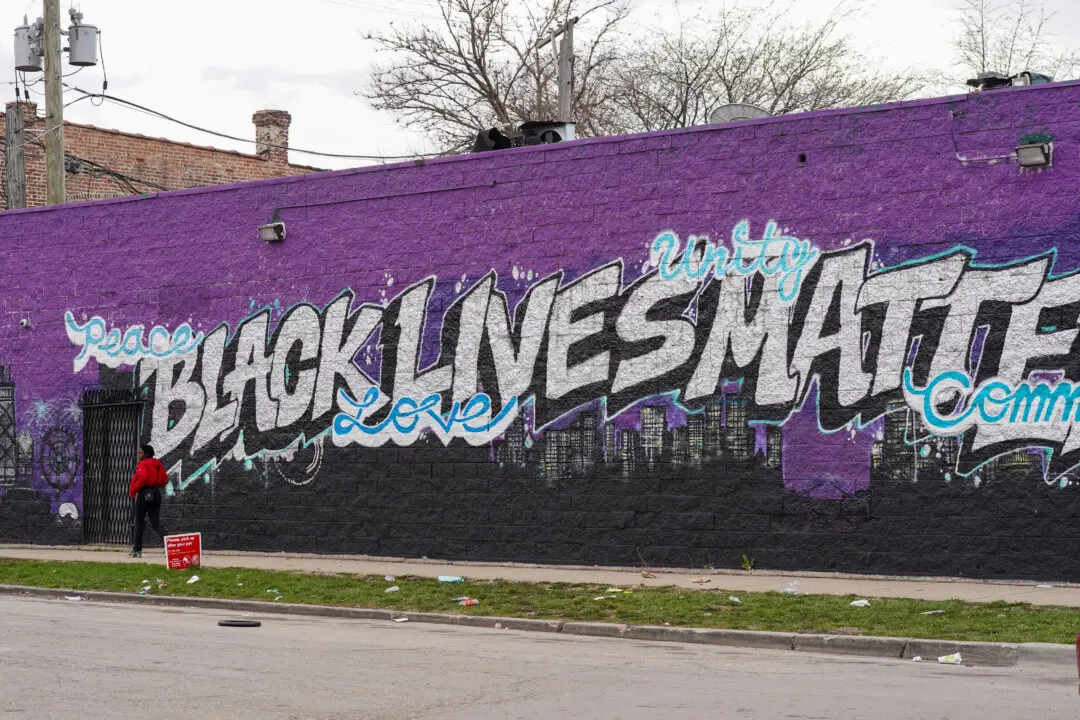The U.S. Environmental Protection Agency (EPA) announced June 25 that it has allocated $22.4 million in grant funding to support restoration efforts in Chesapeake Bay, the largest estuary in the nation. Chesapeake Bay and its watershed include six states, predominantly Maryland.
The grant will be awarded to 13 selected organizations through the Innovative Nutrient & Sediment Reduction grant program, which is administered by the National Fish and Wildlife Foundation.





